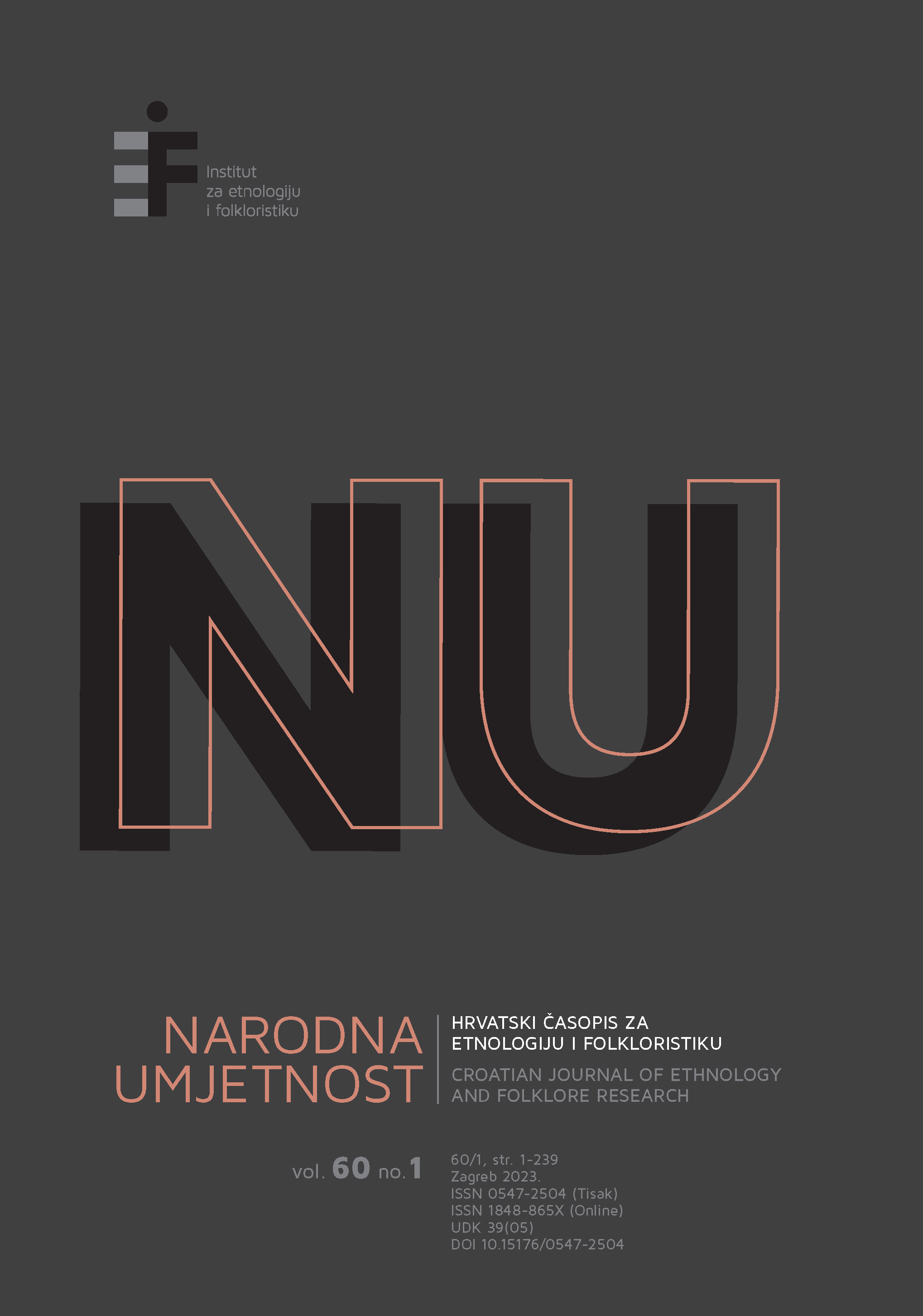Voices Heard (Again): Istrian Italians in and out of Istria
Abstract
The emigration of Istrian Italians after the Second World War, most often called the “Exodus”, has been a frequent topic of many historical and anthropological studies. This paper reports on new findings based on the EU project Identity on the Line, which studied and interpreted a series of involuntary migrations and unwanted consequences for peoples, communities and individuals in Europe in the middle of the 20th century. In the research of the Istrian “Exodus”, an effort was made to find new testimonies and stories and reach voices that had not been “heard” thus far. In this process, it became obvious that the status and fate of the Istrian Italians who did not emigrate, the so-called “Rimasti” (less studied so far) is very complex due to the ambivalent relationship with the emigrated Istrian Italians (the “Esuli”) as well as with the newly created social environment. Photographs and statements from both communities were collected and meant to be used for two exhibitions, films and publications, thus bringing to light their intimate accounts (some of which were told for the first time), presenting them in a public space. This transformation necessarily implied very careful and sensitive cooperation with the informants, with the aim of making their traumas more visible, as well as establishing museums as institutions where increased efforts are made to communicate “difficult heritage”.
Keywords: involuntary migration, traumatic past, difficult heritage, Istrian “Exodus”, museums

